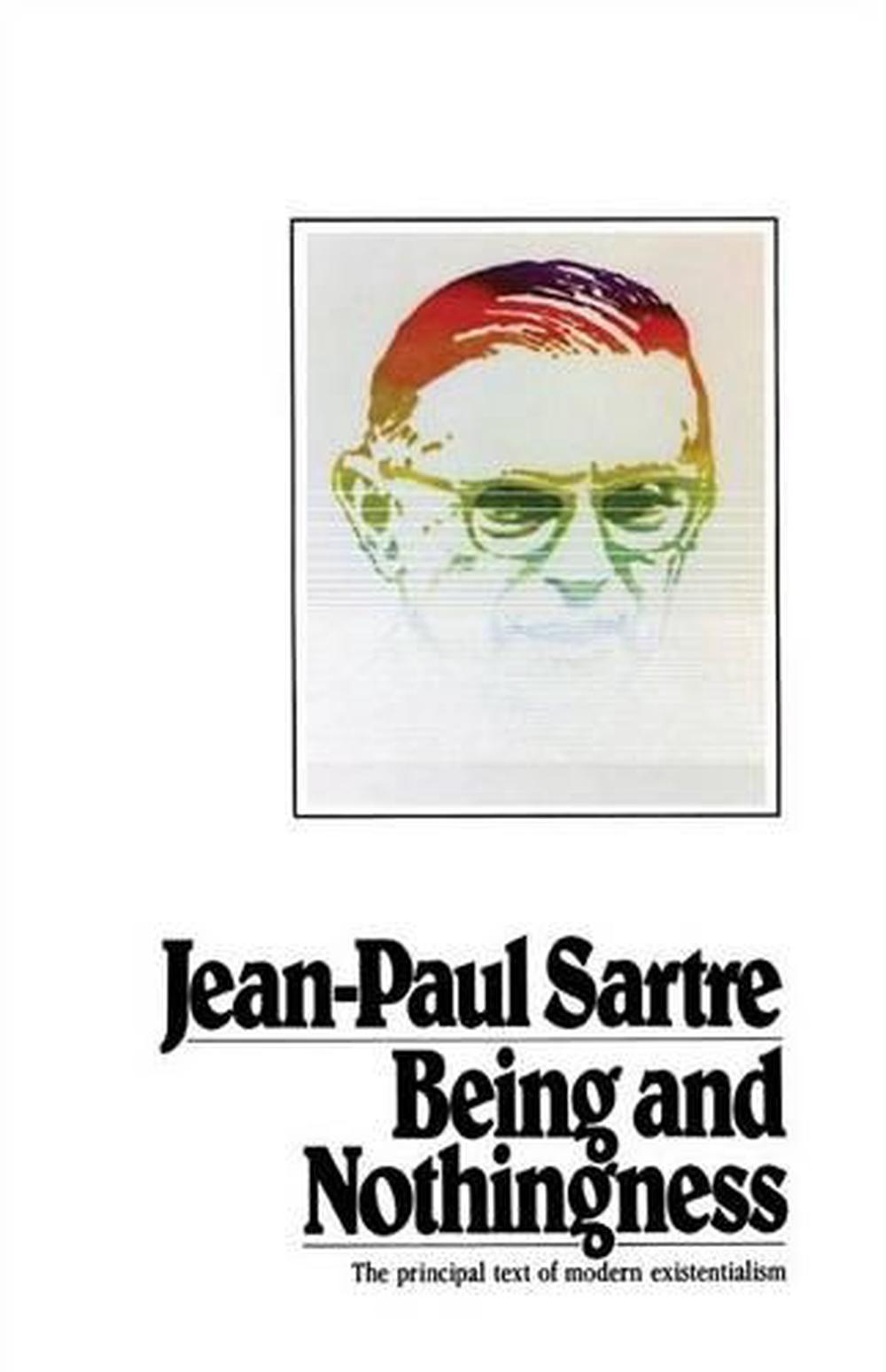
What is Sartre's notion of being-for-itself?.What is Sartre's notion of being-in-itself?.

Summarize Sartre's analysis of consciousness as a nothing Section "Sartre in the 21st Century" in John-Paul Sartre.Ħc. Review Mary Warnock on Sartre's Existentialism, Condemned to be Free by Rob Harle, and the "existence precedes essence" and "man is condemned to be free" reflect the significant influences of Hegel, Nietzsche, Heidegger, and Marx, and reveal the direction of 20th-century existentialist themes. We see in Being and Nothingness (1956), that these concepts derived from his thinking about consciousness and his commitment to atheism.

Sartre was concerned with human freedom, choice, responsibility, and authenticity. II each brought existentialism into the mainstream. Sartre's particular brand of existentialism, his popular 1956 lecture "Existentialism is a Humanism," and the horrors of World War He did more to popularize the movement than any previous philosopher. Sartre has become the public face of existentialism.

His early education concentrated on Cartesian (René Decartes), neo-Kantian (Immanuel Kant), and Bergsonian (Henri Bergson) philosophies, but he was soon deeply influenced by the German phenomenologists Edmund Husserl (1859–1938) and Martin Heidegger (1889–1976). The French philosopher and playwright Jean-Paul Sartre (1905–1980) was trained in philosophy.



 0 kommentar(er)
0 kommentar(er)
